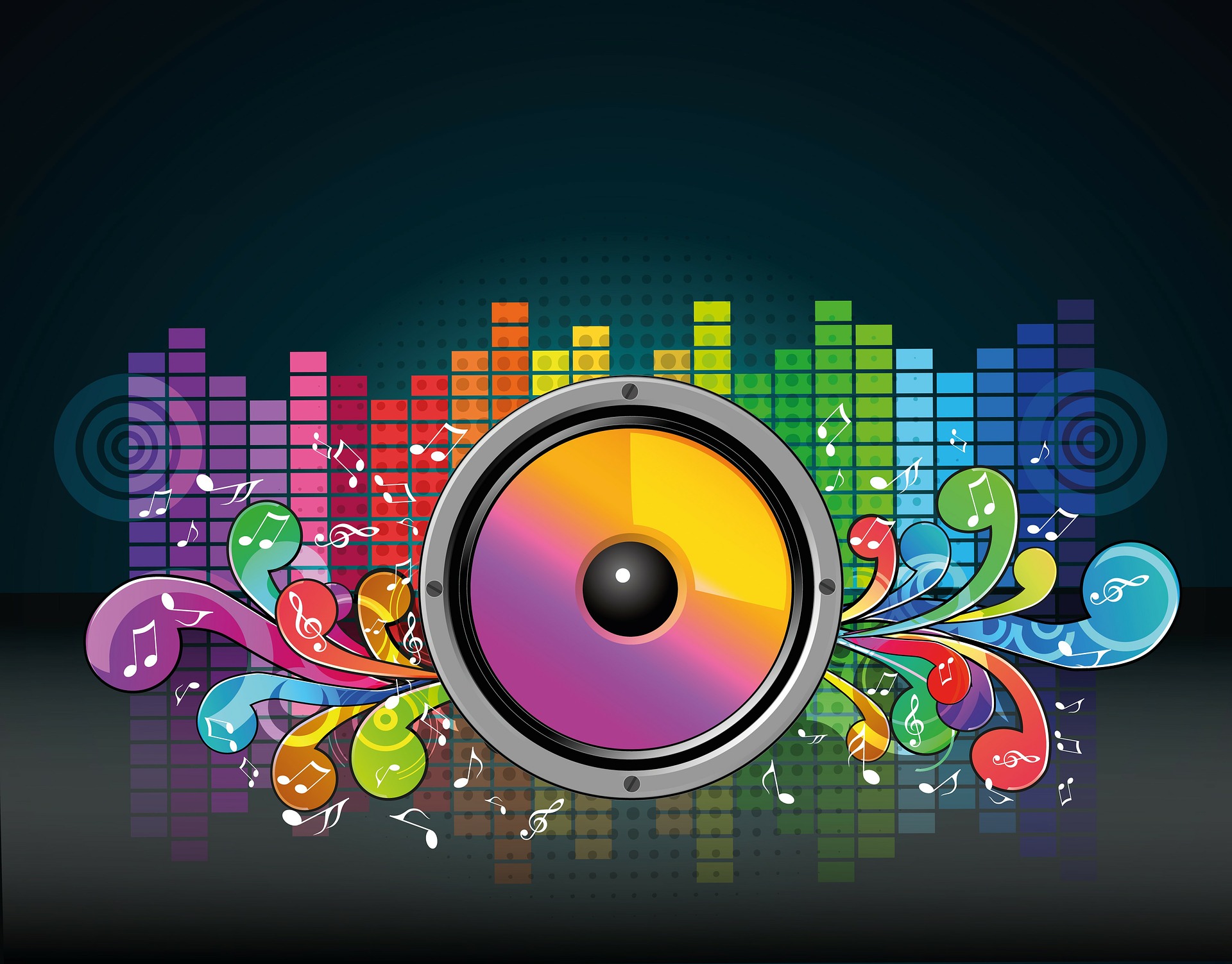From the very first time when this magical and mysterious instrument came into life and until now, this instrument has gone through various changes over time. This magnificent instrument is called synthesiser. Keep on reading this article to learn more about iconic Moog synthesisers.
The variety of synthesisers
Synthesiser is an electronic musical instrument which differs from the conventional electronic instruments such as an electric guitar or bass guitar. Synthesisers are capable of producing, designing sounds that is impossible for traditional acoustic or electric instruments. Synthesisers produce sounds by means of electronic components like circuits and transistors etc, although, that is not true for all of the synthesisers out there. Still, this is how it was in the days of analogue synthesisers.
An analogue synthesiser was the first synthesiser of its kind to exist when synthesisers hit the market. Thereon, a lot of other kinds of synthesisers were launched and dominated a time and culture accordingly. The most prominent of the kinds are analogue synthesisers, digital synthesisers, hybrid synthesisers, modular synthesisers. Typically these are the primary kinds of synthesisers with various other sub-categories.
Analogue synthesisers ruled the 1960s and 1970s. Analogue synthesisers are most popular for its warm, fat or edgy sound and the unpredictable behaviour of tunes going slightly out of tune, although this behaviour may sound strange but this is what defines the analogue synthesisers. Over the time, particularly starting from 1980s, analogue synthesisers were down and digital synthesisers took over and gave a whole new shape to the sound and culture which defines the 1980s. Then, there came the hybrid type, a kind of analogue and digital mixed together. What is the most fascinating is the kind of modular synthesisers.
Moog modular synthesisers
Modular synthesisers differ from the typical synthesisers with their capability to expand your machine and the sound of your imagination. Usually, it is done with keyboard synthesisers, most of the components are built-in and while some may support connection to additional components, this is very rare and never close to the possibilities of what modular synthesisers are capable of. The very first synthesisers of this kind came in 1960s.
It was the Moog modular system by the genius mind of American engineer Robert Moog. Since the day of its birth, the Moog synthesiser has been known for its very distinct and unique sounds of its own, which no other musical instrument can replicate the exact same way.
Moog modular synthesisers are massive. This machine is so giant that can occupy one side of your wall and the floor completely. This humongous mad machines are able to produce various kinds of sounds. Some could be the very definite sounds of your choice or some could be very unpredictable. Moog modular or any other modular synthesisers, in general, require the understanding of patching components and an experimental mind. The more experimental you are the more surprise or disgust will show up on the way. Things can go insane if you start experimenting and, if not careful, with the blow of your speakers, you may eventually come up with sound that give you the “worth it!” feeling right away.
System 35 and other Moog modular synthesisers
Moog modular in particular has gone through tremendous amount of upgrades and number of series. There are Moog modular System 35, System 55, Model 10, Model 12, Model 15 and Emerson Moog modular system .
System 35 consists of various Moog modular components as well. On the left, you have four oscillators. You are able to fine tunes, change their frequency, octaves with the help of the individual knobs. Right at the bottom of these oscillators, we have ports for sync, modulations, and various waveforms like Sine, Sawtooth, Square, Rectangular. On the left, of each pair of oscillators you have a master oscillator which you can use as a master controller for each pair of oscillator including the pulse width knob.
On the bottom we have two mixers, attenuators, controls for oscillators, fixed filter banks which can be used as an equalizer. There are the famous Moogy Low pass filter and a high pass filter. Nothing comes close to the filter of Moog. There are three envelope generators to the far right where all of the ADSR resides. Before this compartment, we have three VCA or Voltage Controlled Amplifiers and a connection section like keyboard controllers etc. You can easily connect 2 to 3 keyboards to the system 35.
The power of Modular is vast and beyond the capacity of this text.

